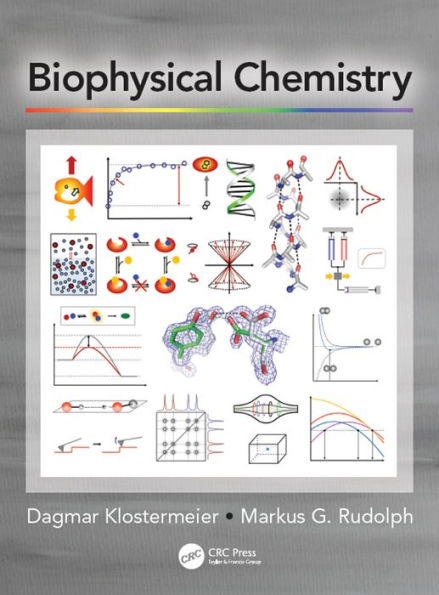The book is organized in four parts, covering thermodynamics, kinetics, molecular structure and stability, and biophysical methods. Cross-references within and between these parts emphasize common themes and highlight recurrent principles. End of chapter problems illustrate the main points explored and their relevance for biochemistry, enabling students to apply their knowledge and to transfer it to laboratory projects.
Features:
- Connects principles of physical chemistry to biochemistry
- Emphasizes the role of organic reactions as tools for modification and manipulation of biomolecules
- Includes a comprehensive section on the theory of modern biophysical methods and their applications
The book is organized in four parts, covering thermodynamics, kinetics, molecular structure and stability, and biophysical methods. Cross-references within and between these parts emphasize common themes and highlight recurrent principles. End of chapter problems illustrate the main points explored and their relevance for biochemistry, enabling students to apply their knowledge and to transfer it to laboratory projects.
Features:
- Connects principles of physical chemistry to biochemistry
- Emphasizes the role of organic reactions as tools for modification and manipulation of biomolecules
- Includes a comprehensive section on the theory of modern biophysical methods and their applications

Biophysical Chemistry
792
Biophysical Chemistry
792
